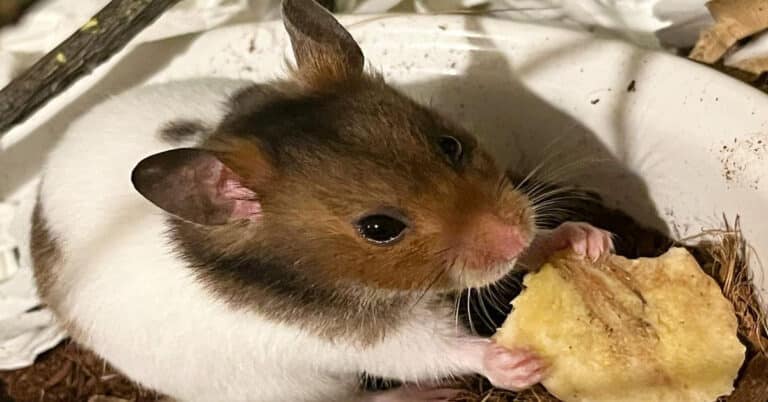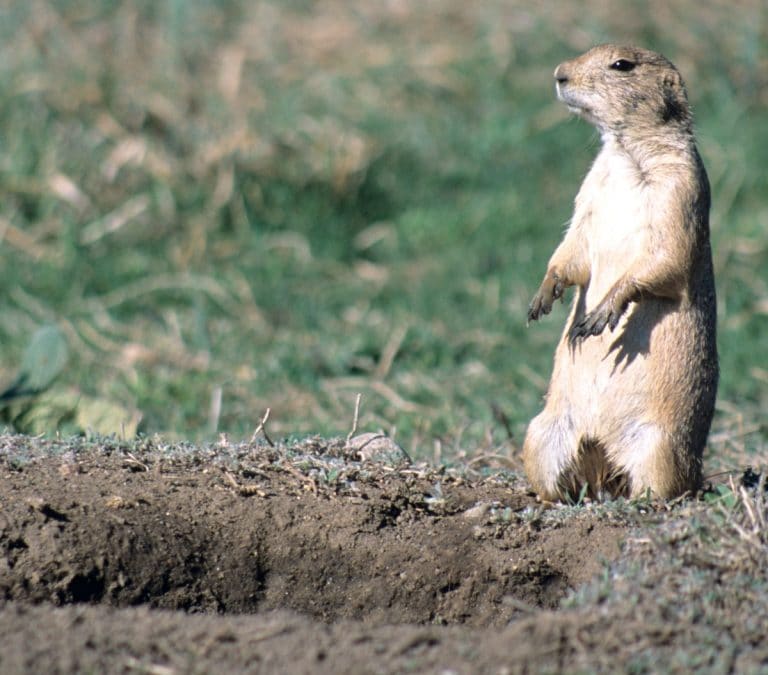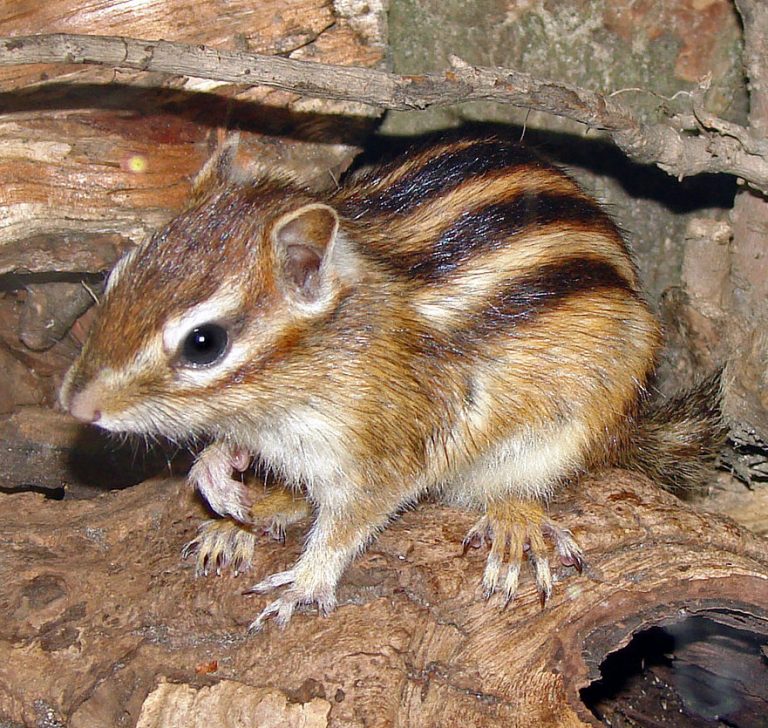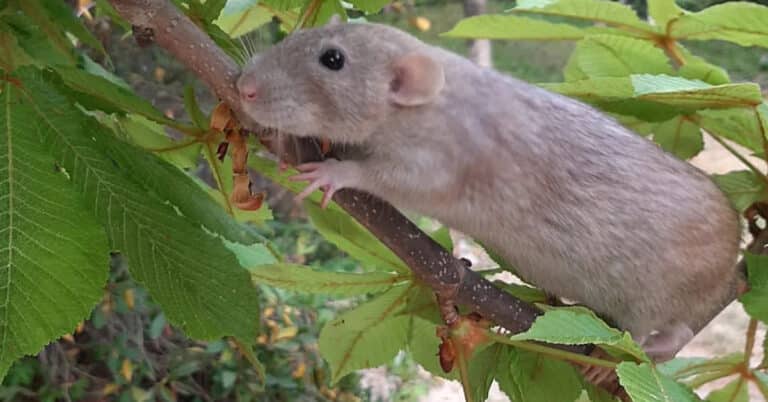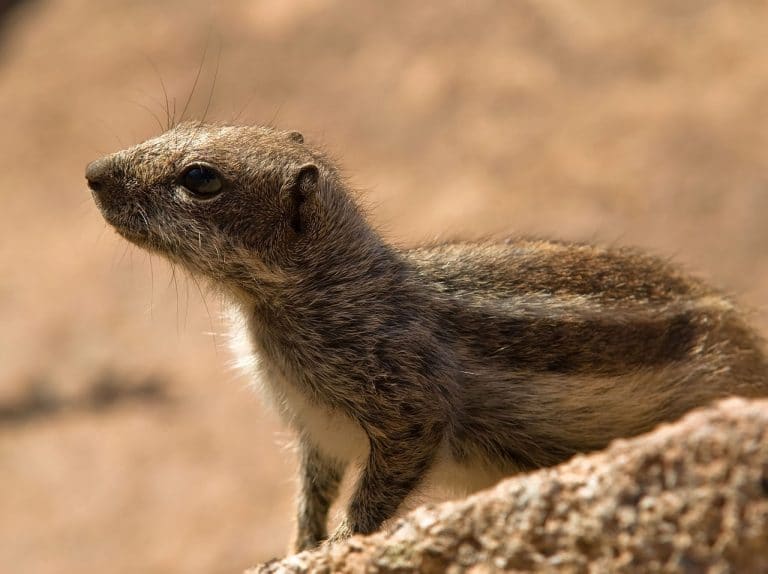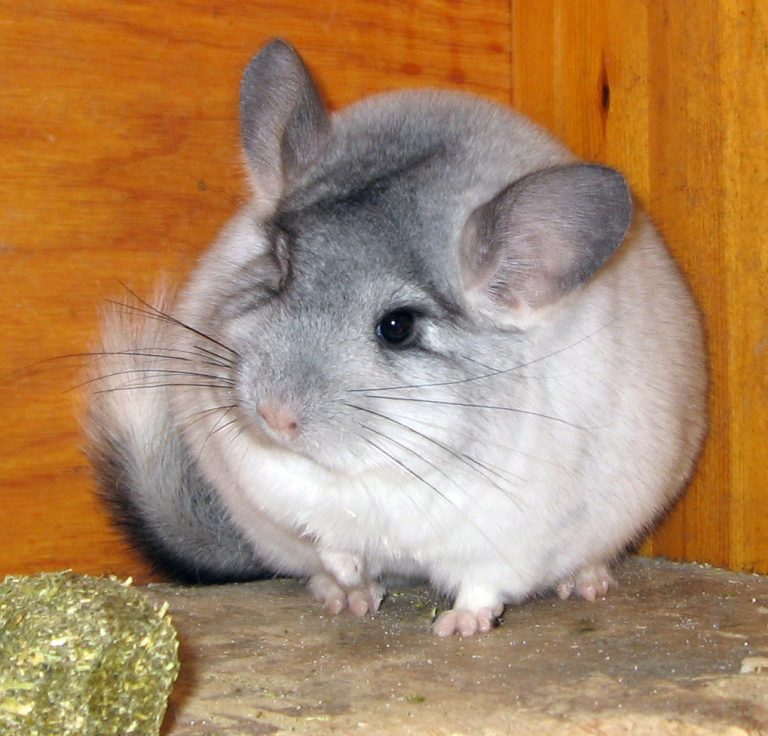Pet Rat Types
It is a great experience to know about the variety of pet rat types in the market today. It is a revelation for us to learn about the diverse varieties that we never knew about. The collectors have been speculating on the types of theserat varieties that have intrigued hobbyists over the years. Currently, the origin of their birth distinguishes them as fancy rats.
The study of Pet Rat breeds is so exciting for an animal which we had earlier ostracized. Nowadays, a great number of people care for and own pet rats, since, they have become “animals of beauty!” Numerous characteristics distinguish the varieties of pet rats from each other because of their varied features like:
Color:
Color mostly discriminate Pet Rat types. Some of the rats similar to the wild brown rats continue to have the characteristic called Agouti, which refers to a coat of fur that displays a pigmentation pattern, where individual hairs support multiple bands of dark and light pigment, the tip always ending in black color. Such rats are black, beige or cinnamon colored, relying on the original color quality they have. Amidst the distinct characteristics of color for pet rats, the shades of their eyes are also remarkable.
Markings:
Most pet rat stores as well as breeders grade the different pet rat breeds by markings, and you can always buy them properly graded as such. The pet rat gradings follow some set principles. These marking gradations are either wholly white, patched with other colors or wholly white which fade slowly to different colors near the nose, ears, tail and feet. There are definite pet rat grading patterns, such as Berkshire and Hooded pet which are very explicit to their external features. Only contests will assess and determine the extent to which the breeders have adhered to norms with regard to pet rat markings.
Body Types:
The experts categorize Pet Rat types into two classes depending on their body types. On the basis of their pedigree, the patterns of the pet rat’s body are a “Dumbo rat” with big ears lying low at the side of the head or “Manx”, where the body shape resembles the Manx cats that have hardly any tail. The hobbyists prefer to grow the “Dwarf” rats and not the ones without tails, since the size of the dwarf rats are 1/3 the size its counterparts, they are easier to handle.
Coat Types:
Coat texture is another feature used to differentiate between Pet Rat types. While competition in terms of coat specificity has not been standardized yet, you have some types like “Rex” where the white coat, including the whiskers is curly. You can find a milder type of Rex called “Velveteen”among the usual rats. The roughness, shine and quality of the coat distinguish the different types of Rat types.
Hairless Rats:
When two “Rex” coat rats mate, their offsprings are fundamentally a hairless Pet rat variety. If at least one of the “Rex”coat rat mates with a normal rat, the offspring will be a Rex coat rat. Nevertheless, when “Double Rex” rats mate, they litter semi-hairless rats based on their intensity of their mating.
Selective Breeding:
The main interest in raising pet rats is the choice in breeding a particular Pet Rat type, and for that, you breed only that type. Anyhow, there are limitations. While breeding for competition, they separate rats that do not meet the standards in terms of grading or sell them for meat. Still, if your interest is exclusively a hobby intended on raising a variety of pet rats, then you can have a colony of Pet Rat types through selective breeding.

Having discovered a fondness for insects while pursuing her degree in Biology, Randi Jones was quite bugged to know that people usually dismissed these little creatures as “creepy-crawlies”.


